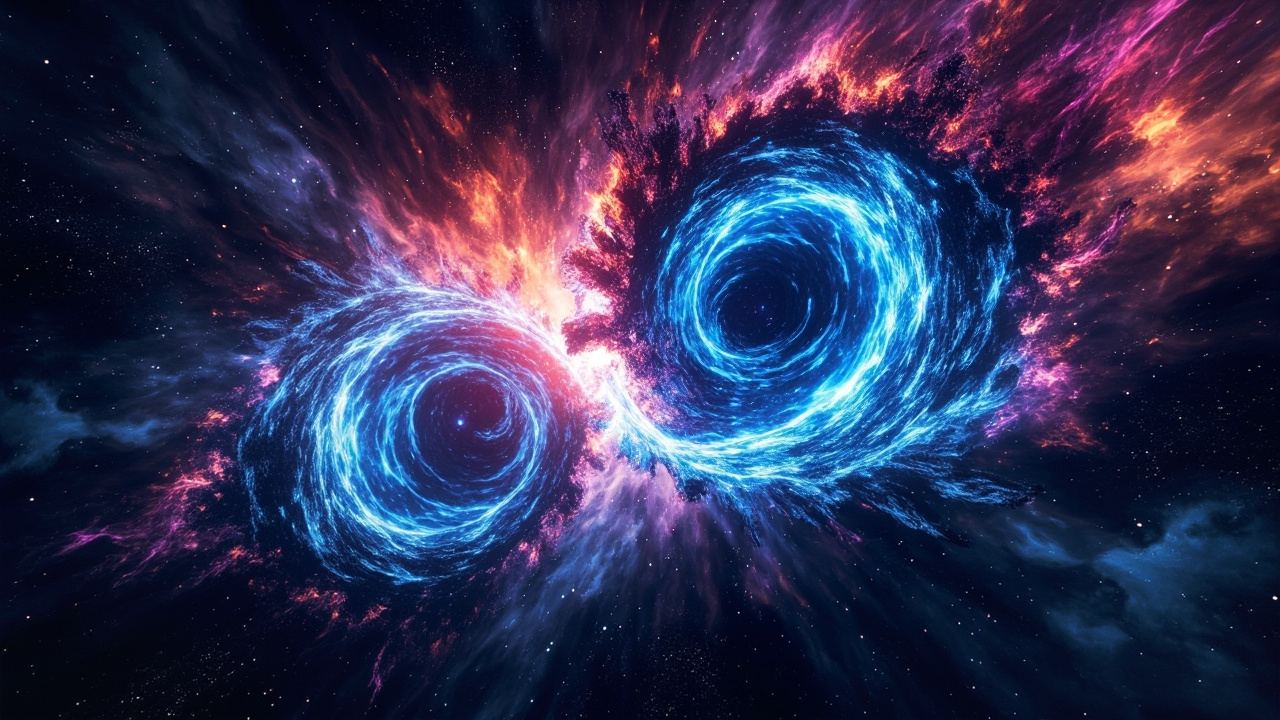Breakthrough in Ultra-fast Electron Sources Commentary

The recent breakthrough by Chinese scientists in developing a femtosecond-level ultra-fast electron source is a significant milestone in the realm of particle physics and material sciences. This news holds great relevance not just for academic researchers, but also for industries exploring advanced materials and nanotechnology. With the ability to observe particle behaviors in real-time, this innovation paves the way for new discoveries, particularly in understanding how materials behave at atomic levels.
Typically, ultra-fast electron sources have been hindered by the trade-off between energy spread and pulse width. However, the interdisciplinary collaboration among top Chinese institutions has led to the development of a novel electron source based on carbon nanotubes. This technology achieves a remarkable energy spread of 0.3 electronvolts and a pulse duration of just 13 femtoseconds. Such precision could lead to the creation of ultrafast electron microscopes capable of capturing transient events in materials, a game-changing advancement for both scientific research and practical applications in fields like electronics, energy storage, and beyond. The study’s novel delayed emission mechanism, which mitigates adverse effects from high laser fields, highlights the intricate interplay between collective oscillation and electron interactions.
Ultimately, the implications of this technology extend beyond just particle observation; they may accelerate the development of new materials and nanoscale devices. As the research unfolds, it will be exciting to ponder how these advancements will integrate into broader tech trends such as quantum computing and smart materials. This breakthrough begs the question: how will the accelerated insight into particle dynamics transform our approach to innovation in technology?
Read These Next

Emotional Consumption Trends He Lei of Dia Calls for True Love
At the 2025 Yabuli Forum, He Lei emphasized emotion-driven consumption influences brand development and consumer needs.

"Double Detonation Model Reinterprets Supernova Mechanism"
This commentary explores the groundbreaking discovery of a new mechanism for Type Ia supernovae, known as the "double detonation." It examines the implications for our current understanding of stellar explosions and cosmic measurements.

Letting flies consume our food waste: a good idea?
This article explores the innovative use of fly larvae in food waste management, highlighting its benefits and the challenges it faces from regulatory frameworks.
